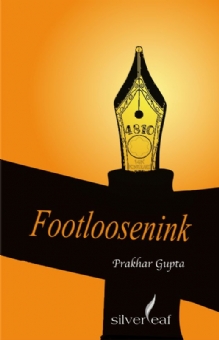This book has been divided in three parts. The first part includes topics in basic statistics, counting statistics and statistics as used in imaging. Relevant topics on mathematical techniques such as Fourier transform, Image reconstruction, Image filtering, Correction for attenuation and scatter, Tracer kinetics, Convolution and deconvolution, Methods of background subtraction, Volume estimation in nuclear cardiology, Physics of PET and quantification in SPECt and PET are included in the second part of the proceeding. Third part covers radiation safety in nuclear medicine.
| Book Content of Statistical and Mathematical Techniques in Nuclear Medicine |
Part A : STATISTICAL TECHNIQUES
- Types of Study Design
- Basics principals of data analyses: An Overview
- Counting Statistics and Basic Principal of ROC
- Non-parametric tests, Matchmaking and McNemar in the comparison of diagnostic modalities
- Statistical Parametric Mapping (SPM)
Part B : MATHEMATICAL TECHNIQUES
- Basic Mathematical Concepts relevant to Nuclear Medicine
- Fourier Transform and its applications in Nuclear Medicine
- Back Projection SPECT and Filteration
- Correction for Attenuation, Scatter and Partial Volume effect in SPECT – An Overview
- Single Photon Emission Computed Tomography (SPECT)-Iterative Reconstruction Incorporating Depth Dependent Resolution, Attenuation, and Scatter
- Basic Physics of Positron Emission Tomography (PET)
- Quantification in SPECT and PET
- Deconvolution Analysis and Renal Transit time Parameters
- Background Subtraction in Nuclear Medicine
- Role of Artificial Intelligence and Neural Networks in Nuclear Medicine.
- Radiotracer Kinetics : Basic Principals
- Radiotracer Kinetics : Applications in Nuclear Medicine
- Estimation of Left Ventricular Volume in Nuclear Cardiology
Part C : RADIATION SAFETY
- Principles of Radiation Protection
- Radiation Safet
|







